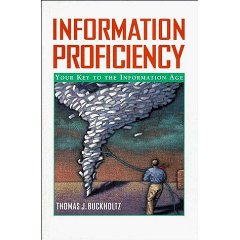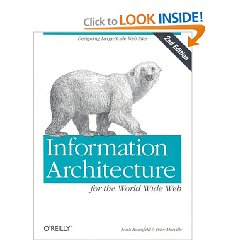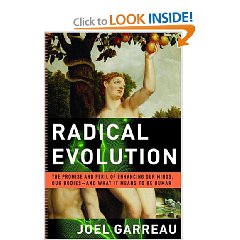As someone who specializes in fostering effective public intelligence and reducing wasteful ineffective secret intelligence, I could not help but marvel at how useful this book is in evaluating two completely opposite approaches to decision-support: Google, and the U.S. Intelligence Community.
The author's chapters run logically from developing a framework to setting goals to improving personal information proficiency and then organizational learning, and thence to managing information as a resource to help make better decisions that yield profit, cut costs, and result in mission accomplishment.
This is a book that should be read by every leader of any type of organization, large and small. What I like most about the book, even though the author is partial to maximizing investments in information technology, is his dual understanding that 1) the point is to make better decisions not buy more technology; and 2) information and information technology that are considered out of context and in isolation from other relevant information, are inherently flawed.
Wow. Google fails this test, and so does the CIA. Google gives you a million hits on “Colombia,” without any visualization, synthesis, etc., while CIA tells you either that they don't know, or what they know is too secret to tell you.
The heart of the book is about actually measuring information proficiency along multiple scales. I will not belabor the point, and will only stress this once that on a scale of 1 to 5, with 1 being ignorant incompetence, 2 being ad hoc isolated processes, and 5 being fully integrated and optimized data collection (including historical and parallel data), processing, analysis, decision, AND implementation, both Google and the CIA got an average of 2. That's a 40%, folks, a failing grade in any school district. Now, since the U.S. Intelligence Community costs $70 billion a year and serves only the President, and Google costs nothing to the end-user and serves hundreds of millions, we give them the advantage. We're betting Google will grow faster than CIA and the IC can reform.
It merits comment, in passing, that this book is a very elegant recycling of earlier work by the author within the U.S. Government, subsequently published in earlier versions. This version is the best, and potentially revolutionary. I recommend that it be read in conjunction with Robert Buckman's Building a Knowledge-Driven Organization and if you really want to get into it, Margaret Wheatley's Leadership and the New Science: Discovering Order in a Chaotic World; Thomas Stewart's The Wealth of Knowledge: Intellectual Capital and the Twenty-first Century Organization Barry Carter's Infinite Wealth: A New World of Collaboration and Abundance in the Knowledge Era my own Information Operations: All Information, All Languages, All the Time as well as Alvin and Heidi Toffler's new book, Revolutionary Wealth: How it will be created and how it will change our lives, and the work praised by Lawrence Lessig among others, Yochai Benkler's The Wealth of Networks: How Social Production Transforms Markets and Freedom.









